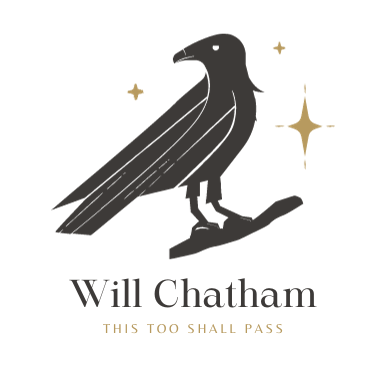I had many issues trying to get a good old-fashioned HTML image map to work in a WordPress page or post. It seemed that WordPress kept trying to add extra <map> tags around all my <area> tags. I couldn’t get it to stop! After being led astray by such issues…
